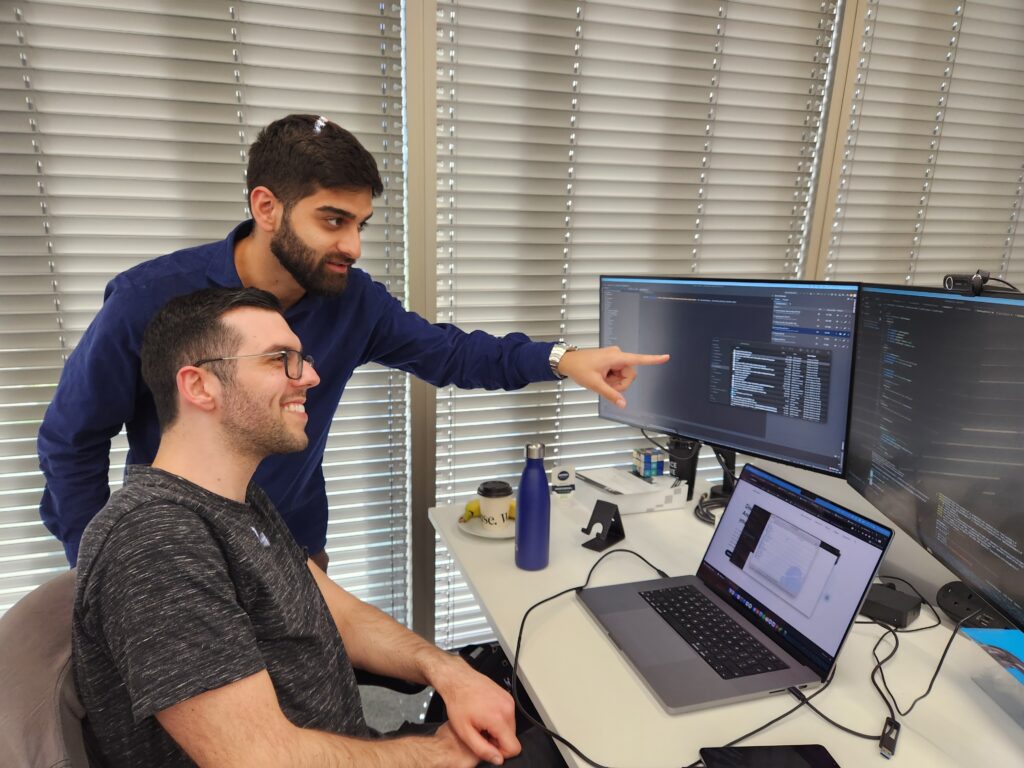were used. This structure improved accessibility for screen readers, allowing visually impaired users to navigate the site more easily. Additionally, by using semantic tags, search engines can better interpret the content, which enhances SEO rankings. This dual benefit makes semantic HTML a best practice in web development.
2. CSS Layout Techniques
Interviewer : What are the differences between Flexbox and CSS Grid? In what scenarios would you choose one over the other?
Answer: Flexbox is ideal for one-dimensional layouts, where items are arranged in a single row or column. For example, I used Flexbox to align buttons within a card component on a dashboard. On the other hand, CSS Grid is more suited for two-dimensional layouts, allowing for complex arrangements of rows and columns. I recently used CSS Grid to create a responsive layout for a project management tool, where I needed to define areas for navigation and content. Choosing between them depends on the layout requirements—if it’s straightforward, Flexbox is great; for more complex designs, CSS Grid is the better option.
3. JavaScript and Asynchronous Programming
Interviewer : How do you handle asynchronous operations in JavaScript? Can you explain the differences between callbacks, promises, and async/await?
Answer: In JavaScript, handling asynchronous operations can be done using callbacks, promises, or async/await. For instance, in a real-time chat application I developed, I initially used callbacks for handling user data retrieval. However, this led to callback hell, making the code hard to read. I then refactored the application to use promises, which helped manage asynchronous operations more effectively. Eventually, I transitioned to async/await for better readability and cleaner code, making it easier to handle errors and understand the flow of data.
4. Django Framework Features
Interviewer : What are Django's key features that make it suitable for full stack development? Can you provide an example of how you’ve utilized Django’s ORM in a project?
Answer: Django offers numerous features that make it ideal for full stack development, including its robust ORM, built-in admin interface, and strong security measures. For example, in an e-commerce project, I utilized Django’s ORM to manage product data. Instead of writing raw SQL queries, I used Django’s querying capabilities to easily filter and retrieve products based on categories. This not only sped up development but also reduced the risk of SQL injection attacks, showcasing Django's emphasis on security.
5. Integrating Frontend and Backend
Interviewer : How do you manage communication between the frontend (HTML/CSS/JavaScript) and the backend (Django)? Can you describe a specific implementation, such as using REST APIs?
Answer: To manage communication between the frontend and backend, I typically use REST APIs. In a project management application I built, I set up a RESTful API using Django REST Framework. The frontend, built with React, made API calls to fetch project data and update task statuses. For instance, when a user marked a task as complete, a POST request was sent to the Django backend, which processed the request and updated the database. This approach allowed for a clean separation of concerns and a smooth user experience.


